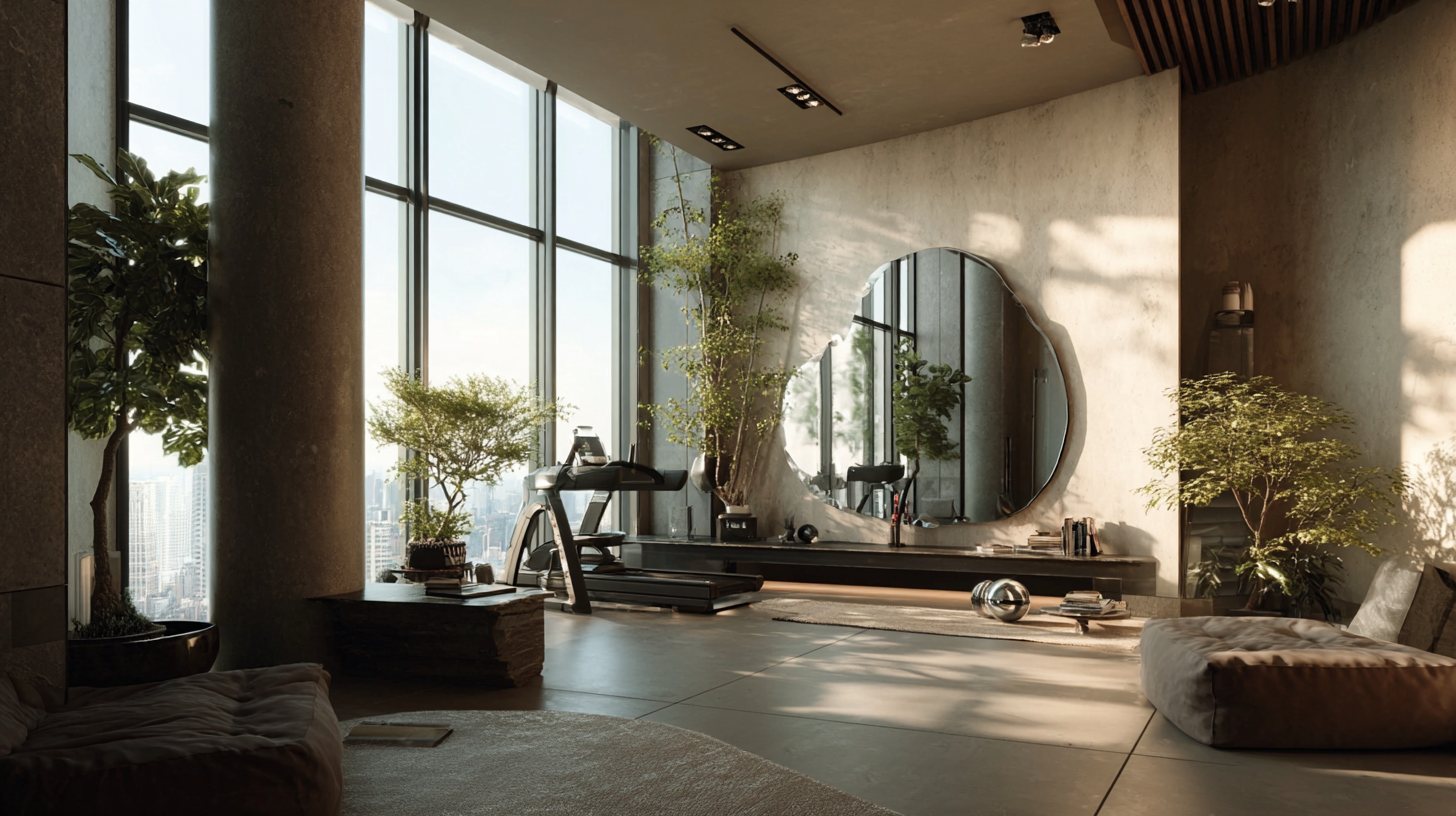The Future of Interior Design: Between Technology and Nature
Exploring how technology, sustainability, and human connection are shaping the next era of design.
As the world continues to evolve, people’s needs and desires are meeting at an interesting crossroads. For some, the growing possibilities of technologies, from AI and automation to smart homes that learn our routines, are shaping how we live every day. For others, there’s a craving for simpler times. Environments grounded in nature and opportunities that help us unplug. Allowing us to step away from the constant ‘technological extension of man’ – our phones.
Tracey, one of our designers sees this as a defining shift.
“I think there will be a divide in the future of design. Some will full embrace technology; others will escape it.”
When it comes to interior design in the home this points to two very different futures unfolding simultaneously.
On one side, our growing reliance on technology continues to evolve, as smart homes anticipate our needs, appliances controlled from anywhere and lighting that supports our natural circadian rhythm. As people focus more on longevity and wellbeing, materials and design choices have become very personal to each individual, shaping not only how homes look but how they help us live longer, healthier lives
On the other side, there’s a growing pull toward simplicity and self-sufficiency. Many are embracing off-grid living, growing their own food, choosing sustainable materials, and creating homes that nurture a more natural path to longevity by moving away from toxic habits and an overreliance on tech.
At the core of both lifestyles lies a shared ideal for designers to create spaces that support lasting health, balance, and a meaningful connection to how we live which ever form that takes.
In hospitality this dual split is just as prominent. Big chains such as Marriott and Hilton are welcoming voice-activated rooms, robotic concierges and AI powered messaging for guests to streamline their services. While Travelodge has introduced properties where guests can completely avoid face-to-face interaction with staff by using an app.
Properties such as Unplugged Cabins and Jade Mountain Resort instead offer what are often called ‘digital detox hotels’ or ‘tech-free hotels, places known for encouraging guests to distance themselves from technology and any other connections to their normal life. They offer spaces to let guests truly switch off and reconnect with what’s around them, embracing biophilic design, beautiful landscapes and a slower pace of life.
As designers were met with two paths which reflect societies desire to advance and simultaneously escape from technology.
For Milena, our Sustainability Lead and Senior Designer the future of design is all about materials, where they’re sourced from, what they’re made from and how they impact both the planet and human health. As access to information grows, designers and consumers alike are becoming more informed and more intentional with their choices. This shift is driving the industry toward greater transparency, where clients are beginning to ask not just what something looks like, but where it came from and how it’s made. This leads designers to adopting an increasingly important role as translator between manufacturers, suppliers and clients ensuring that what is being specified is not only aesthetically pleasing but also sustainable, circular and aligned with modern values.
Circular design thinking will become more mainstream, with more projects intentionally created with reusable considerations in mind. Picture, modular joinery that can be reconfigured or resold, or reception desks designed to be reused in future spaces.
Finally, is AI a technological ally or a threat? For designers, it is a powerful support system, speeding up testing, boosting efficiencies and freeing up more time for creativity. While technology can assist us, it doesn’t replace emotional intelligence, intuition and storytelling that has the power to make design meaningful.
Milena notes that we must be mindful of striking the right balance. The more we embrace technology, the more many of us feel disconnected, our bodies stressed and burnt out from the constant attachment to technology.
“I believe the future lies in finding a symbiosis between technology and nature: using innovation to help us reconnect, not disconnect.”
Technology should be harnessed to develop materials that are stronger, nature-inspired and able to safety return to earth instead of outliving us and further polluting the planet.
Ideally AI will support individuals in making smarter, more sustainable and soulful choices that benefit both people and planet.
*Image generated by AI.

